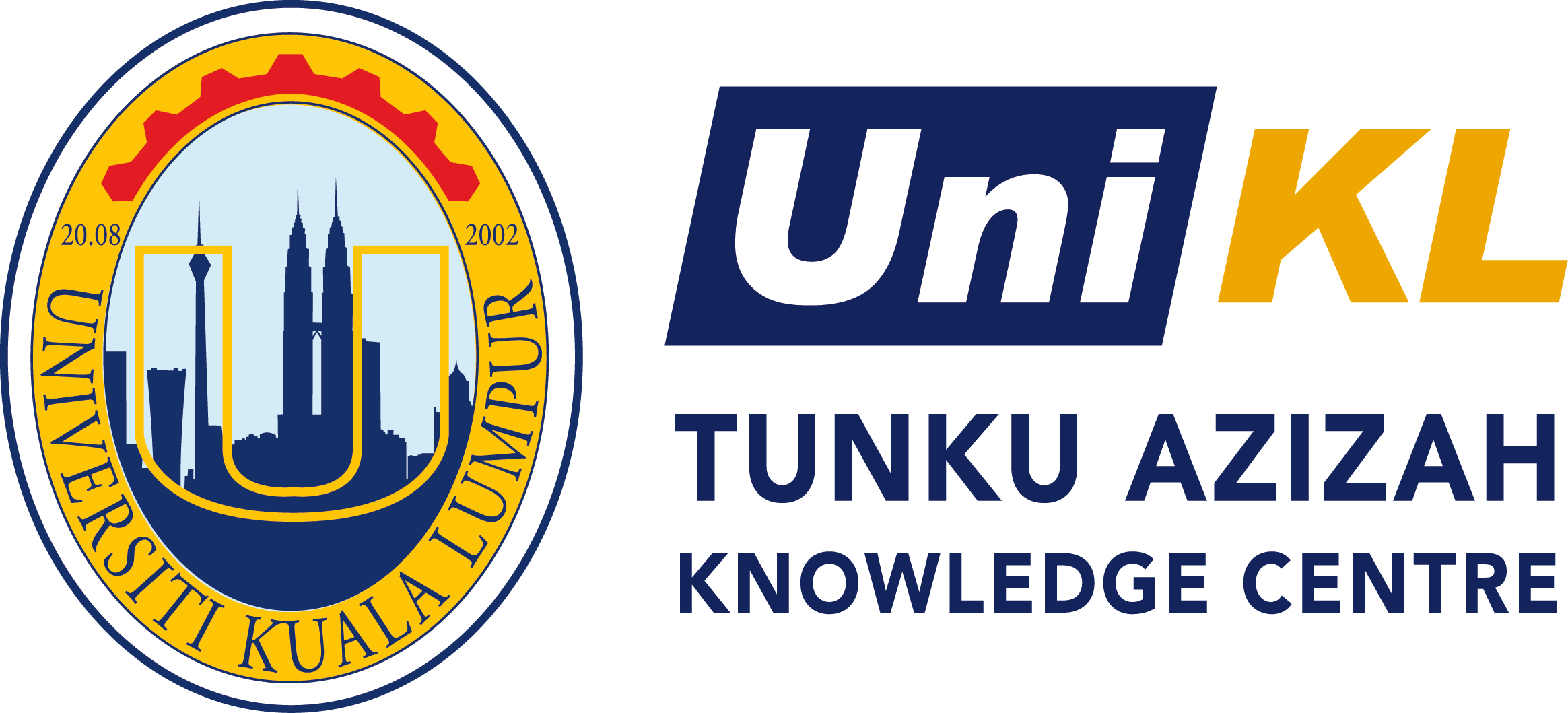JOURNAL EVALUATION
Find the Right Journal
Choosing the right Journal is very important to ensure the best of chance of article’s acceptance and also the impact of the article. This guide is intended to be helpful to someone trying to identify quality journals in their discipline as well as find information/warnings about journals to avoid.
- Elsevier® Journal Finder
- SCImago Journal & Country Rank (SJR)
- Google Scholar Metric
- Source Normalized Impact per Paper (SNIP)
- Predatory Publisher
To get started, you can browse the top 100 publications in several languages, ordered by their five-year h-index and h-median metrics. To see which articles in a publication were cited the most and who cited them, click on its h-index number to view the articles as well as the citations underlying the metrics.
You can also explore publications in research areas of your interest. To browse publications in a broad area of research, select one of the areas in the left column. For example: Engineering & Computer Science or Health & Medical Sciences.
To explore specific research areas, select one of the broad areas, click on the “Subcategories” link and then select one of the options. For example: Databases & Information Systems or Development Economics.
Common characteristics of predatory publishers :
- Their main goal is to make the money from high publishing fee
- They do not care about the quality ( no peer review)
- They do not follow accepted standard of scholar publishing
- They make false claims ( i.e index in Scopus, ISI, impact factor)
You also can refer to :
- List of blacklisted journal publishers by Ministry of Higher Education, Malaysia
- Tips and tools to spot predatory journal publishers
- Beall’s List of Predatory Publishers
References :
Library Guides: Understanding Predatory Publishers: What is a Predatory Publisher? (n.d.). Retrieved from http://instr.iastate.libguides.com/predatory
Predatory Publishing: The Cancer Continues to Spread. (2018, May 21). Retrieved from https://www.enago.com/academy/predatory-publishers-cancer-blacklight/
TUNKU AZIZAH KNOWLEDGE CENTRE
UNIVERSITI KUALA LUMPUR,
1016 Jalan Sultan Ismail,
50250 Kuala Lumpur
+603 – 2175 4000
+603 – 2175 4443
CONNECT WITH #TAKC


